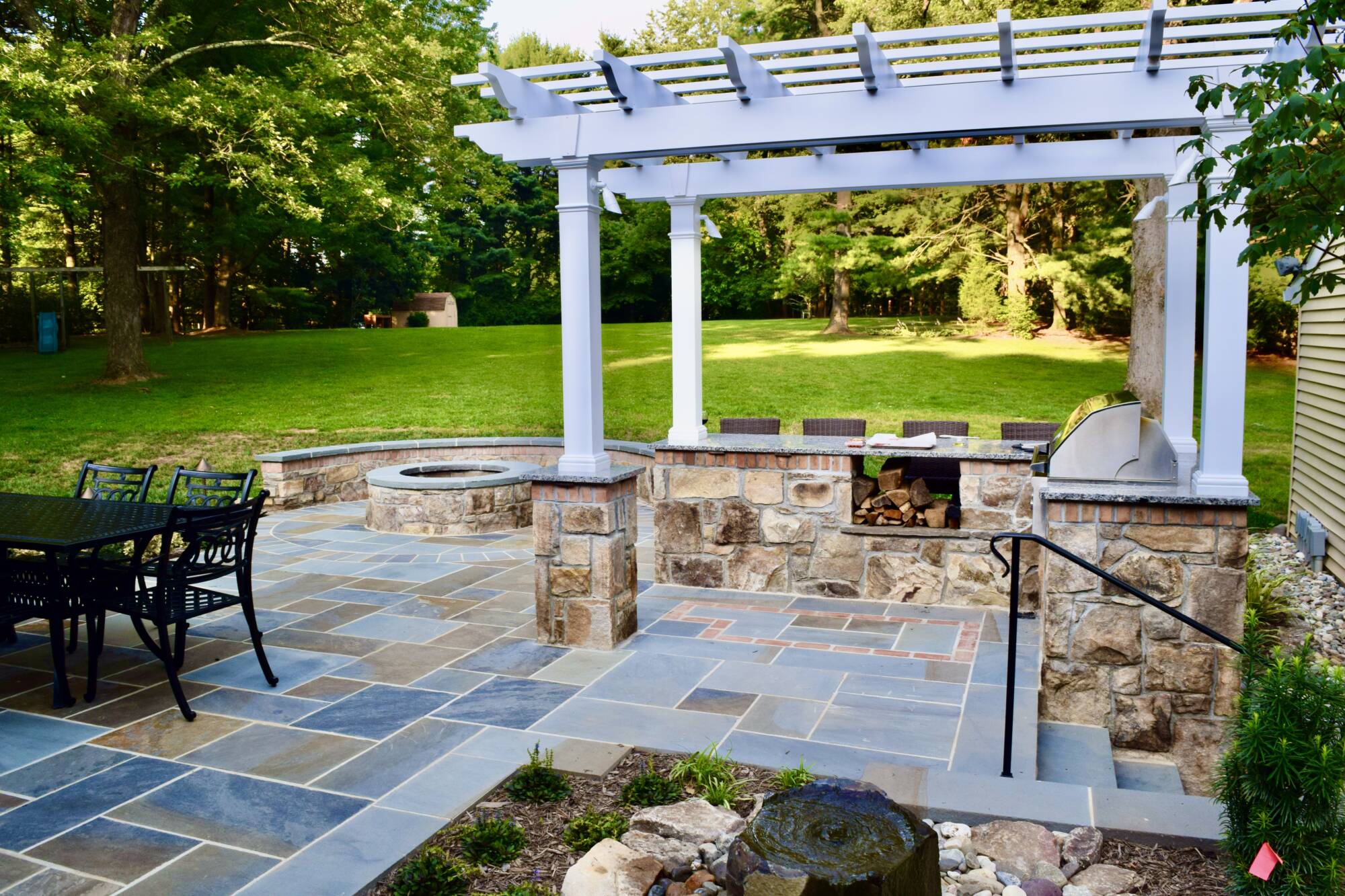
Patio Installation: A Comprehensive Guide to Creating Your Outdoor Oasis
Transforming your backyard into a serene and inviting outdoor space is a dream for many homeowners. A well-designed patio serves as the perfect extension of your living area, providing a comfortable and stylish setting for relaxation, entertainment, and al fresco dining. Patio installation is a significant investment that requires careful planning and execution to ensure a durable and aesthetically pleasing result. This comprehensive guide will provide you with all the essential information you need to navigate the patio installation process seamlessly.
1. Planning and Design
The first step in patio installation is meticulous planning and design. Determine the desired size and shape of your patio, considering the available space, the intended use, and the architectural style of your home. Sketch a layout plan to visualize the placement of the patio in relation to your house, existing landscaping, and other outdoor features.
2. Material Selection
The choice of patio material is crucial for both aesthetics and functionality. Each material offers unique advantages and drawbacks:
- Concrete: Durable, versatile, and customizable, concrete is a popular patio material that can be poured, stamped, or stained to create a variety of looks.
- Pavers: Interlocking pavers come in various shapes, sizes, and colors, allowing for intricate designs and patterns. They are easy to repair and replace if needed.
- Natural Stone: Luxurious and timeless, natural stone such as flagstone or travertine adds an organic touch to patios. However, it requires more maintenance than other materials.
- Composite Decking: Made from recycled materials, composite decking offers the look of wood without the drawbacks of rotting or splintering. It is low-maintenance and resistant to fading.
3. Site Preparation
Proper site preparation is essential for a stable and long-lasting patio. This involves clearing the area of vegetation, leveling the ground, and creating a solid base. Depending on the material chosen, the base may require a layer of gravel, sand, or crushed stone.
4. Installation
The installation process varies depending on the material selected. For concrete patios, the base is prepared, forms are set, and the concrete is poured and smoothed. Pavers are laid individually on a bed of sand or gravel. Natural stone requires careful placement and leveling to achieve a seamless finish.
5. Drainage and Grading
Proper drainage is crucial to prevent water from pooling on your patio. The surface should be sloped away from the house to direct water into a drainage system or natural slope. Grading the surrounding area also helps prevent erosion and runoff.
6. Finishing Touches
Once the patio is installed, you can add finishing touches to enhance its aesthetics and functionality. Consider incorporating lighting, seating, and planters to create a welcoming and inviting atmosphere. Outdoor furniture, cushions, and throws can add comfort and style.
7. Maintenance
Regular maintenance is essential to keep your patio looking its best. Sweep or hose down the surface regularly to remove dirt and debris. Concrete patios may require occasional sealing to protect against stains and wear. Pavers can be resettled or replaced as needed. Natural stone benefits from periodic cleaning and sealing.
8. Troubleshooting Common Issues
- Cracks in Concrete: Concrete patios can develop cracks due to settling or temperature changes. Small cracks can be filled with a concrete patching compound, while larger cracks may require professional repair.
- Sinking Pavers: Pavers can sink over time due to poor drainage or insufficient base preparation. Lift and reset the pavers, ensuring proper drainage and a stable base.
- Discoloration of Natural Stone: Natural stone can become discolored due to exposure to moisture or chemicals. Clean the surface with a mild detergent and apply a sealer to protect against future stains.
- Erosion Around the Patio: Erosion can occur around the edges of the patio due to water runoff. Install a retaining wall or plant vegetation to stabilize the soil and prevent erosion.
9. Cost Considerations
The cost of patio installation varies depending on the size, material, and complexity of the project. Concrete patios are typically the most affordable, while natural stone patios are the most expensive. Pavers and composite decking fall somewhere in between. Labor costs also vary depending on the region and the experience of the contractor.
10. Hiring a Professional
While some homeowners may choose to install a patio themselves, it is highly recommended to hire a professional contractor for larger or more complex projects. Experienced contractors have the knowledge, skills, and equipment to ensure a high-quality installation that will last for years to come.
Conclusion
Creating a beautiful and functional patio is a rewarding investment that can significantly enhance your outdoor living experience. By following the steps outlined in this comprehensive guide, you can plan, design, and install a patio that meets your specific needs and preferences. Remember to consider material selection, site preparation, drainage, finishing touches, maintenance, and potential issues to ensure a successful and enjoyable patio installation.